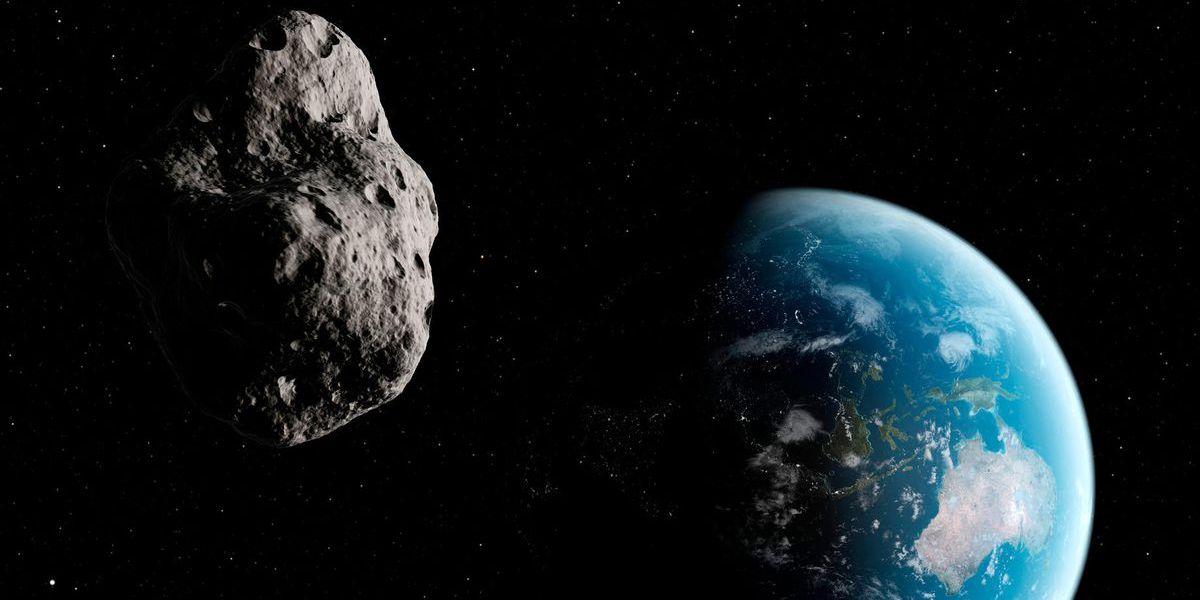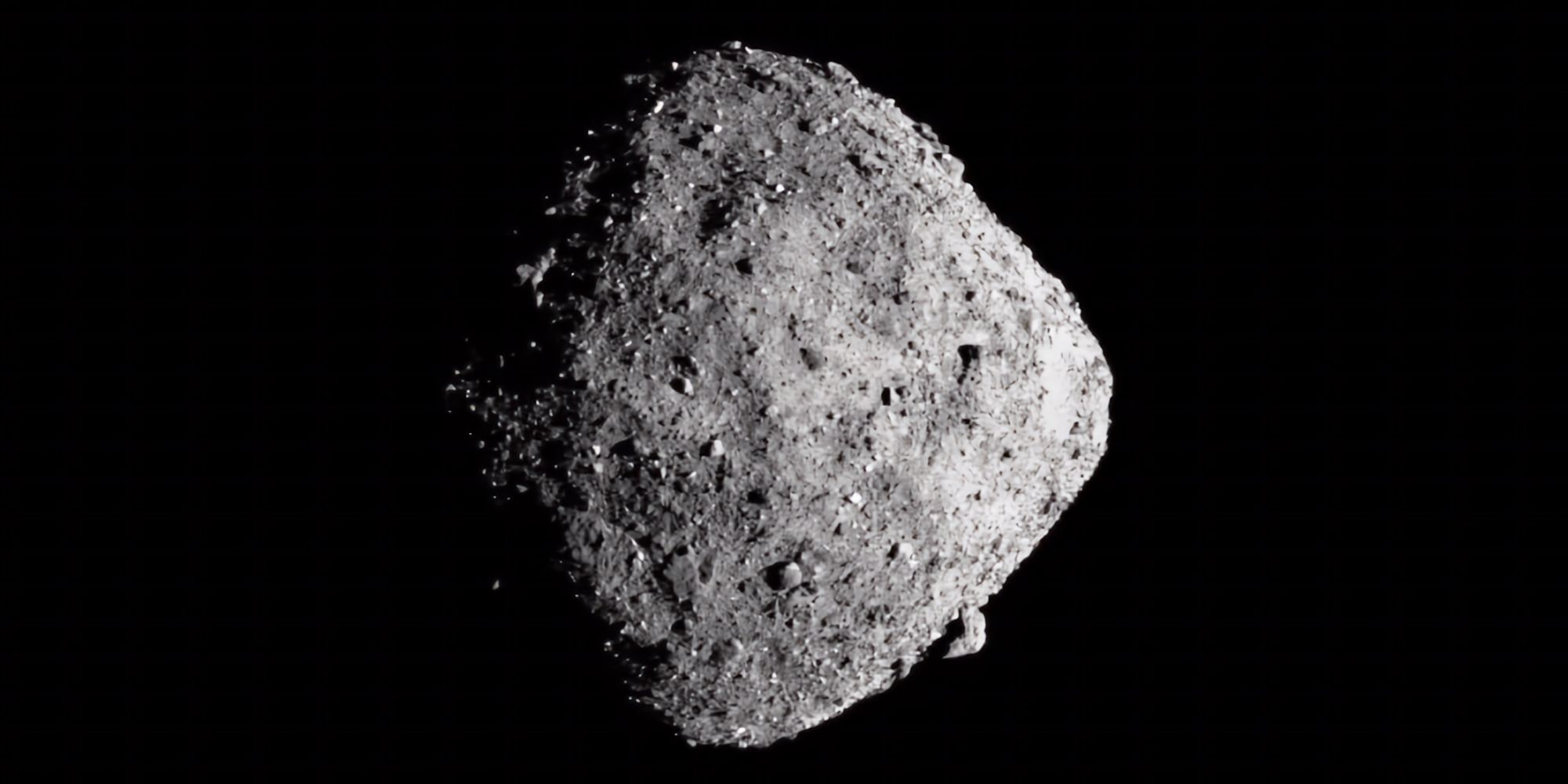Today may just seem like any other Tuesday, but this afternoon, space fans will have a chance to watch a massive, historic asteroid fly by the Earth. When it comes to astronomy, there are seemingly endless sights to see. Folks often look up at other planets in the Solar System, nearby stars, nebulae, comets, and even other galaxies. Among those things, there are also plenty of asteroids to see. Over 26,000 asteroids pass by the Earth. Some are big, others are small, and they're all fascinating for their own reasons.
One such asteroid is asteroid 7482 (also known as '1994 PC1'). This particular asteroid is one of the larger ones NASA's detected, measuring at 3,451 feet wide. That makes it twice as tall as the Empire State Building, and hundreds of feet taller than the Burj Khalifa in Dubai — the largest building in the world. While it's not the largest asteroid in NASA's database, it's still one that's deemed 'potentially hazardous' when it gets close enough to Earth.
And getting close to Earth is something the asteroid is doing today! 1994 PC1 is set to travel by earth on Tuesday, January 18. It's expected to come within 1.2 million miles of Earth on its nearest approach. That's as close as the asteroid has been to Earth since 1933, and the closest it'll be until January 2105. For folks who want to see the historic flyby for themselves, the good news is that watching it is extremely easy.
The Best Time To Watch The Asteroid Today
Starting at 3:00 PM EST / 12:00 PM PST, The Virtual Telescope Project will host a livestream video showing the asteroid passing by our planet. Simply head to the livestream page on the website at 3:00 PM EST, click the video link, and that's all there is to it. Per The Virtual Telescope Project's founder, Gianluca Masi, "The Virtual Telescope Project will show it live online, just at the fly-by time, when it will peak in brightness." Alternatively, click the YouTube video above and start watching the asteroid right here!
While 1994 PC1 will begin its Earth-bound visit at 3:00 this afternoon, it won't reach its closest distance to Earth until 4:51 PM EST (according to NASA's Center for Near-Earth Object Studies). Folks don't need to watch the livestream for a full two hours just to see the asteroid, but that offers an idea of how quickly it's traveling by the Earth at over 47,000 miles per hour.
Asteroid 1994 PC1 is technically labeled as a 'potentially hazardous' entity, but that's no reason to be concerned. NASA doesn't anticipate it'll make any contact with the Earth or pose a threat to life on the planet. Instead, it's just keeping an extra-watchful eye on the asteroid given its large size and close proximity.
Source: The Virtual Telescope Project, NASA


